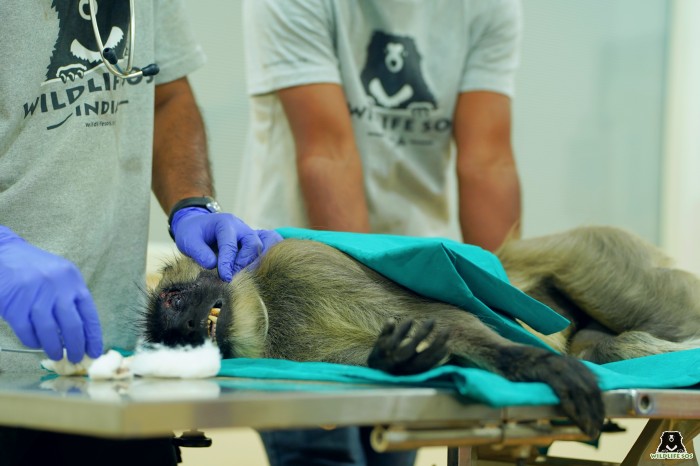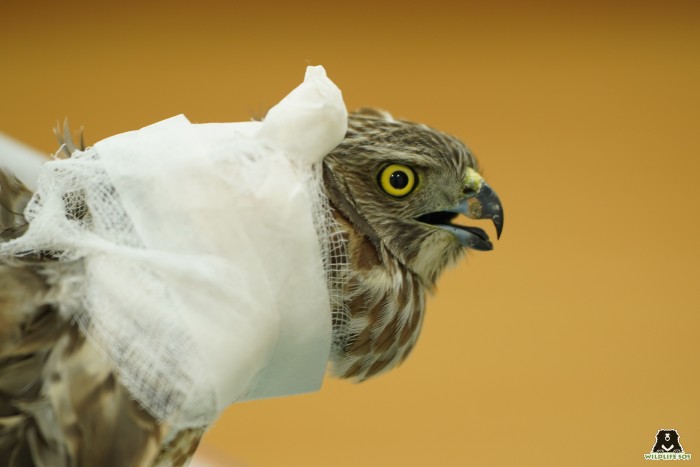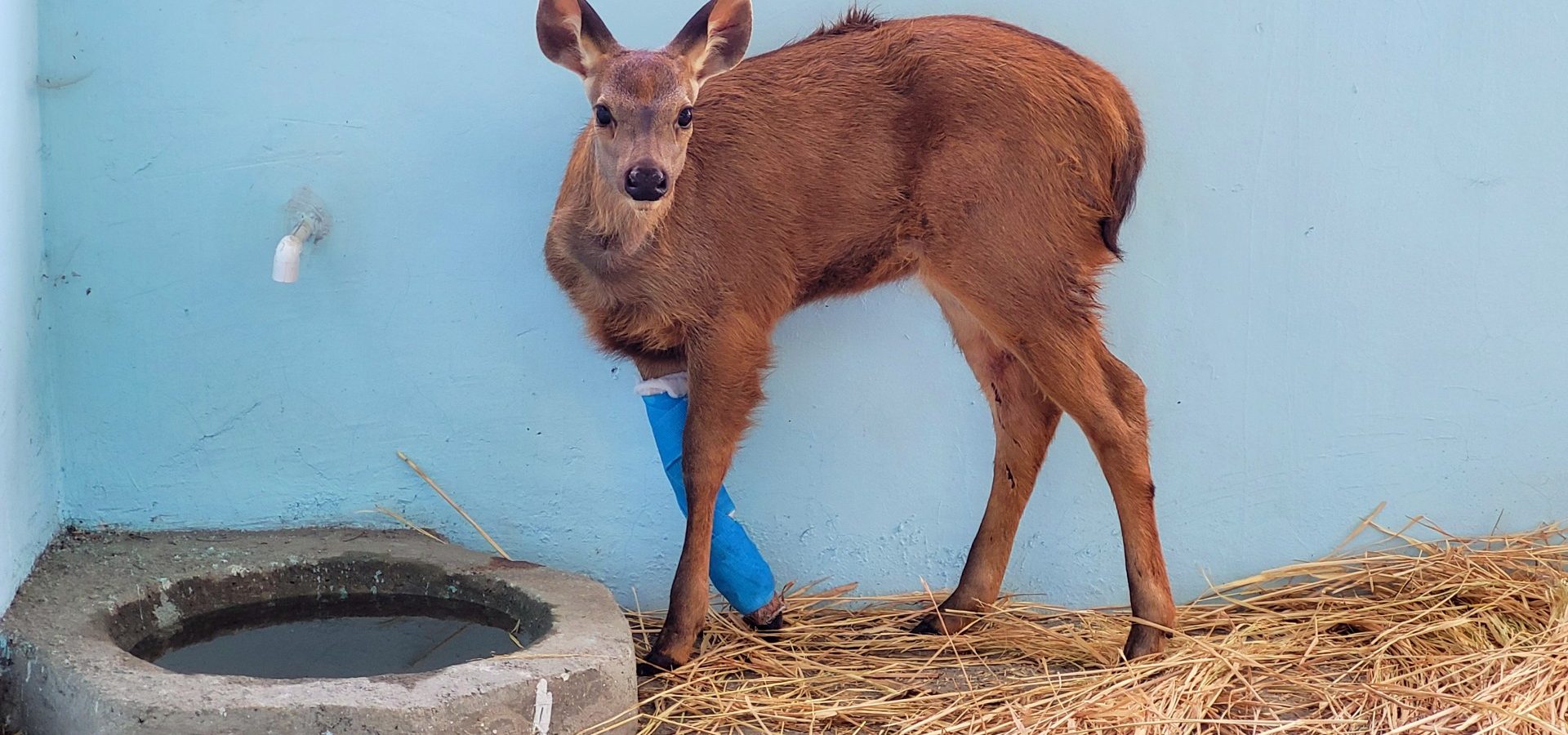Providing quality medical treatment is immensely crucial to wildlife conservation. On a planet where wild animals are constantly threatened by anthropogenic pressures such as urbanisation or habitat encroachment, non-human beings often experience grievous injuries or accidents due to infrastructure development. These can be caused as a result of roads, railways, power cables, or even an open water well.

In such cases, veterinary intervention remains the bedrock of solving these problems. At Wildlife SOS, we have a hardworking group of veterinarians who place the well-being of animals above all else. In this context, mention must be made of our Manikdoh Leopard Rescue Centre (MLRC), operated in collaboration with the Maharashtra Forest Department. The Manikdoh centre has stepped forward time and again, and played a leading role in administering premium treatment to small and large animals of Maharashtra.
Treat, Repeat, Release
The Manikdoh centre has been synonymous with the care, treatment, and conservation of leopards. Being a big cat and a large mammal, leopards at the centre duly get the desired focus and attention. But MLRC has recently achieved exemplary feats in the successful treatment and release of other animals that receive less focus or attention.
In May 2023, an approximately 16 to 17-year-old male grey langur was admitted to MLRC. The primate was brought from Khed by the state forest department staff after being found in lateral recumbency on the roadside. The langur was administered vital treatment and care and once he displayed recovery, the animal was released back into a natural habitat.

The veterinary team was kept on its toes once again when the following month, an approximately 8 to 9-month-old female chinkara (Indian gazelle) was brought to MLRC. The antelope was rescued from a feral dog attack in Belhe village by the forest department officers. The vets tended to the chinkara’s wounds with topical medication and kept the animal under observation for a few days. Once the chinkara achieved full recovery, she was carefully released back into the wild.
Holding on to Deer Life
The highly skilled veterinary team at MLRC tends to over 30 rescued leopards at the centre. It is therefore remarkable to see their dedicated commitment in administering medical treatment to other animals that are rescued and brought under emergencies.
While the team at MLRC excel at short-term treatments and observations, they have also shown their prowess in more complicated cases related to surgeries and longer durations of treatment. A female sambar deer was under the care of Wildlife SOS for over 6 months. In January this year, the heavily wounded sambar was rescued by forest department officers from Tokawade village, located in the Thane district of Maharashtra.

Upon initial assessment, the deer was found to be a nine-month-old juvenile and a closer examination revealed that the sambar was covered with wounds, along with a fracture on her right forelimb. The wounds were a result of suspected dog bites and the fracture was caused due to a possible collision. Even though the animal lost her forelimb, the team was determined to provide the sambar a second chance in the wild, and exercised tireless efforts to treat the deer.
The vets first resorted to fibreglass plaster, but did not get the desired result. As an alternative, a minor surgery was performed to treat the sambar, and she was kept under post-surgery observation for a few months to assess her walking abilities. Months of extensive treatment and observation eventually paid off and the sambar made a remarkable recovery. To ensure the deer returned safely to the wild, the Wildlife SOS team and the forest department found a suitable habitat for the release and watched as the deer walked once again, toward freedom.
The Curious Case of the Shikra
In another case late last year, an injured male shikra bird was brought to MLRC for treatment in the month of October. The forest department staff found the bird unable to fly in the Junnar town of Maharashtra. After conducting an X-ray, the vets found out that the radius and ulna bones in his right wing were fractured.

From the aspect of treatment, the doctors first stabilised the fracture using sticks and bandages. It was further supported with pain medication, and vitamin and mineral supplements to aid the healing process. The bird was then kept under medical observation in an aviary for gradual progress. Once the vets deemed him fit for flight and realised that the shikra had retained its sharp hunting abilities, the bird spread his wings to fly back into the wild.
Providing medical aid to animals in time, and doing it with precision, are vital factors for high quality veterinary treatment. While we know that supplying timely medical aid is crucial to the conservation of wild animals, it has its challenges with regards to resources. If you wish to be part of a positive story of healing, like the ones mentioned above, become a monthly donor for Wildlife SOS. By extending a helping hand for animals in distress, you will enable us to record numerous such positive stories.





